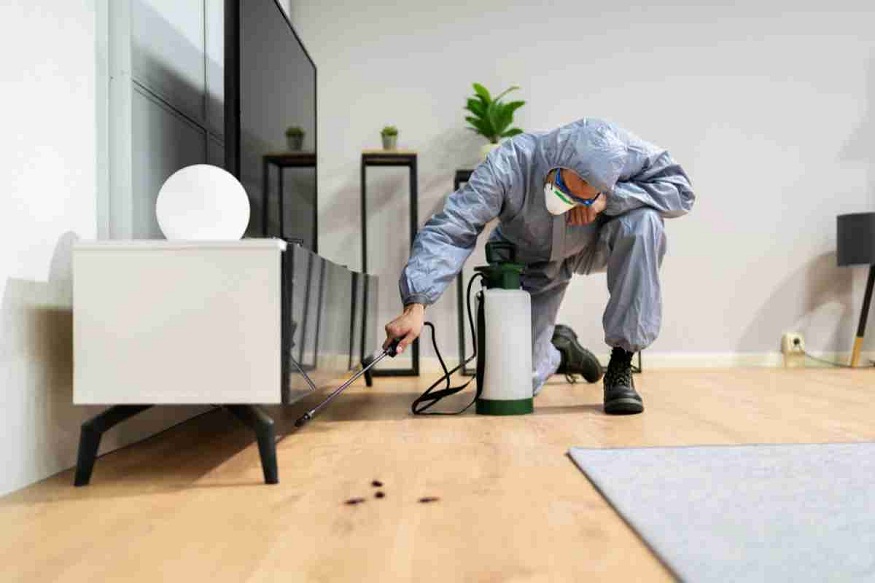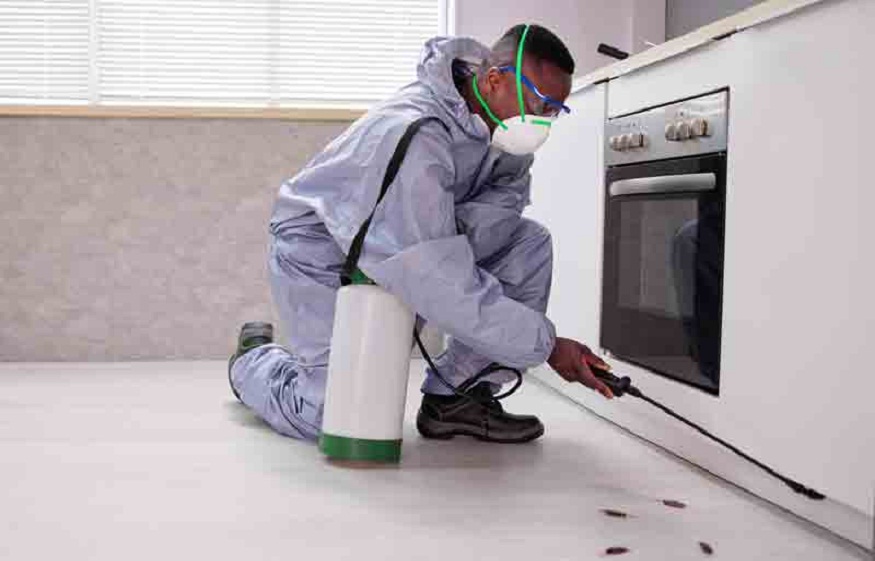Whether you see insects, rodents, or bats in your home, dealing with pests can be a daunting experience. You can sleep easier with proper pest control and prevention, knowing that pests won’t invade your space. Some pests can carry diseases, while others can wreak havoc in your home, potentially causing all sorts of costly damage. Fortunately, there are several pest control tactics you can use to keep your home safe and pest-free.
The following short guide provides more information on the different types of pests, how to protect your home from pests, and ways to control them so that your home and garden remain safe and healthy places.
Pest Prevention Strategies
The best way to avoid pest control is to prevent them from entering your home and garden in the first place. Let’s take a closer look at the various pests and how you can protect the exterior and interior of your home from their invasion.
Protect your home from pests
The most common household pests are ants, cockroaches, bedbugs, and termites*. But pests also come in the form of mammals, including mice and rats, bats, raccoons, and even squirrels. It’s important to know exactly what types of pests you’re dealing with so you can use the right methods to keep them out of your living space. Anything that can spread disease, damage objects and property, or cause you stress and fear is considered a pest.
*Wood termites are found primarily in regions with mild climates, but isolated infestations sometimes occur in more temperate climates.
Exterior Protection : Protect the exterior of your home from pests by sealing all doors and windows. Also, look for any other areas where pests can enter. Close the fireplace during the warmer months. Take a close look at your roof and flashing to make sure there are no entry points. You should also take a close look at your home’s foundation, sealing any cracks or repairing any broken bricks. Standing water is a magnet for pests, especially small mammals and mosquitoes.
Interior Protection : Make sure the inside of your home is clean, there are no food crumbs on shelves or floors, and that any food is stored in a sealed container. Check your plumbing to make sure there are no leaky pipes, as these can be an easy source of water for thirsty pests. Remove piles of clothes, newspapers, and general clutter, as many pests like to build their nests in dark, dirty places. Regularly clean the floors around pet food bowls and generally make sure your home is as clean as possible. Keep windows closed when you are not home, and check your attic to make sure there are no easy ways for pests to get in. If you want to add an extra layer of protection, use a pest control spray, but make sure it is safe for children and pets.
Yard and Garden Problems That Can Make Pests Worse
Surprisingly, there are some things humans do that can attract pests to their lawns and gardens. Here are some common issues that can contribute to pests in these areas.
Standing water in old tires, bird baths and ponds will attract pests to your lawn and garden, especially mosquitoes and biting flies.
Piles of leaves and dead plant material are a major attraction for pests, as are piles of firewood.
Leaks around the foundation can encourage pests to approach your home in search of water.
Trash cans that aren’t secured with a tight-fitting lid are a surefire way to attract pests into your yard and home.
Dirty grates will encourage pests to come closer to find food.
Bird feeders filled with seed will attract more than just birds: they will also entice a variety of other animals to come and eat, such as mice and insects.
Leaving a porch light on at night is another attraction to pests.
The gaps around your doors and windows are an open invitation for pests to visit your yard, porch, and inside your home.


